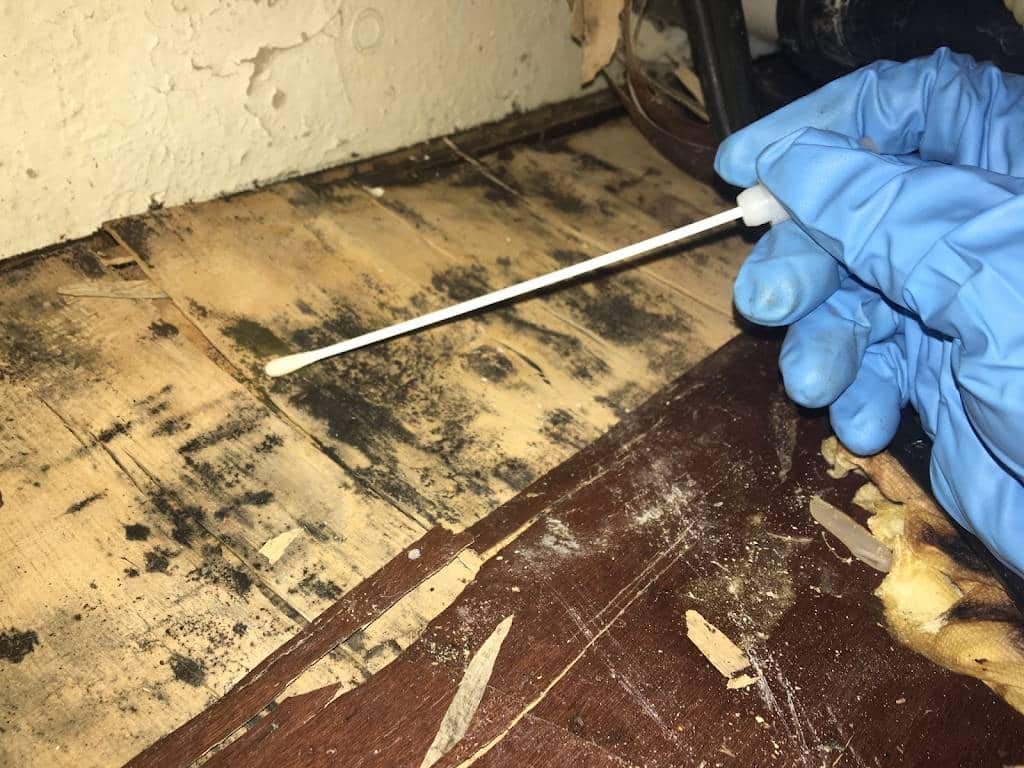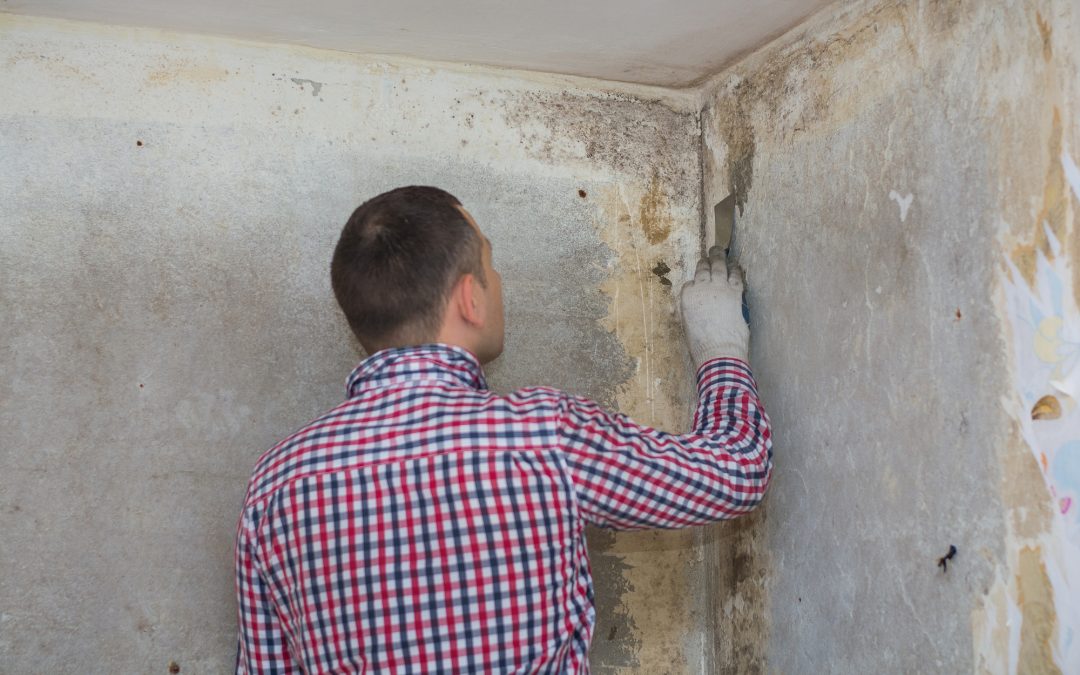Support on What to Do After Mold Remediation
Wiki Article
Effective Article Mold And Mildew Removal Solutions for Your Home
Mold and mildew growth in homes can be a consistent concern, usually needing a methodical strategy for effective post-remediation services. From recognizing the elements that add to mold and mildew development to implementing proper cleaning methods and dampness control actions, the process can be complex yet crucial for preserving a healthy and balanced living setting. In addition, discovering all-natural removal options and establishing a regular for continuous upkeep are essential elements of an extensive mold and mildew remediation technique. As homeowners make every effort to attend to mold and mildew concerns, finding the most reliable services becomes critical for the wellness of their houses.Understanding Mold And Mildew Growth Variables
The main factor adding to mold and mildew development is dampness. Mold and mildew spores need moisture to grow and sprout, making humid or wet atmospheres highly prone to mold and mildew problems.
Furthermore, air flow and light exposure can impact mold and mildew development. Locations that do not have correct air flow and natural light are much more prone to mold growth. By dealing with these factors thoroughly, people can efficiently minimize mold and mildew development and guard their living environments.
Proper Mold Cleaning Strategies
Making use of reliable cleaning techniques is necessary in preventing the reappearance and attending to of mold contamination in interior environments. When managing mold, it is important to prioritize safety by putting on protective equipment such as masks, gloves, and goggles. The initial step in appropriate mold cleaning is to include the afflicted area to avoid the spread of spores to uncontaminated locations. This can be accomplished by sealing the area and using air scrubbers or adverse air equipments to keep air high quality.
Executing Dampness Control Steps
To successfully avoid mold development and contamination in indoor atmospheres, implementing dampness control procedures is vital. Additionally, making sure proper ventilation in areas vulnerable to moisture buildup, such as restrooms and kitchens, can assist lower the risk of mold and pop over to this site mildew growth. By vigilantly implementing these moisture control measures, homeowners can successfully click here for info reduce the likelihood of mold recontamination and keep a healthy and balanced indoor environment.Utilizing Natural Removal Solutions
After effectively executing dampness control procedures to avoid mold and mildew growth in indoor environments, property owners can currently discover the performance of all-natural remediation remedies in keeping a healthy home. All-natural removal solutions make use of eco-friendly techniques to combat mold and mildew, making them a preferred option for those seeking safe options. One such option is making use of vinegar, a natural antimicrobial representative, to tidy and disinfect surface areas infected by mold. Simply dilute vinegar with water and spray it onto the impacted locations, enabling it to sit for a few hours prior to wiping tidy. Additionally, tea tree oil, recognized for its antifungal residential or commercial properties, can be combined with water and sprayed onto mold-infested surfaces to hinder further growth. One more natural choice is hydrogen peroxide, which can successfully eliminate mold on numerous surfaces without leaving hazardous residues behind. By integrating these all-natural remediation solutions right into their cleaning routines, homeowners can effectively deal with mold and mildew development while promoting a much healthier indoor environment for themselves and their families.
Maintaining a Mold-Free Atmosphere
Frequently evaluating locations prone to mold and mildew growth, such as shower rooms, kitchen areas, attic rooms, and cellars, is crucial. Proper air flow in locations with high humidity degrees is additionally vital to stopping mold growth.Additionally, preserving sanitation in the home is important for mold and mildew avoidance. Maintaining interior plants in check and making sure proper water drainage in exterior landscaping can decrease dampness build-up, minimizing the probability of mold problems.
Verdict
Finally, it is essential to deal with mold development variables, utilize proper cleansing techniques, carry out wetness control procedures, use all-natural removal services, and maintain a mold-free atmosphere in order to internet properly deal with article mold and mildew remediation in your home - Post remediation mold testing near me. By adhering to these approaches, you can avoid mold from recurring and make sure a healthy living environment for you and your household
The primary factor adding to mold and mildew growth is dampness. Mold and mildew spores call for dampness to sprout and thrive, making moist or moist environments extremely vulnerable to mold infestations.To successfully protect against mold growth and contamination in interior environments, implementing wetness control actions is critical. Additionally, making sure appropriate ventilation in areas susceptible to moisture build-up, such as kitchens and shower rooms, can help lower the risk of mold and mildew growth.After successfully carrying out dampness control actions to avoid mold and mildew growth in indoor atmospheres, house owners can currently explore the performance of all-natural remediation solutions in preserving a healthy living space.
Report this wiki page